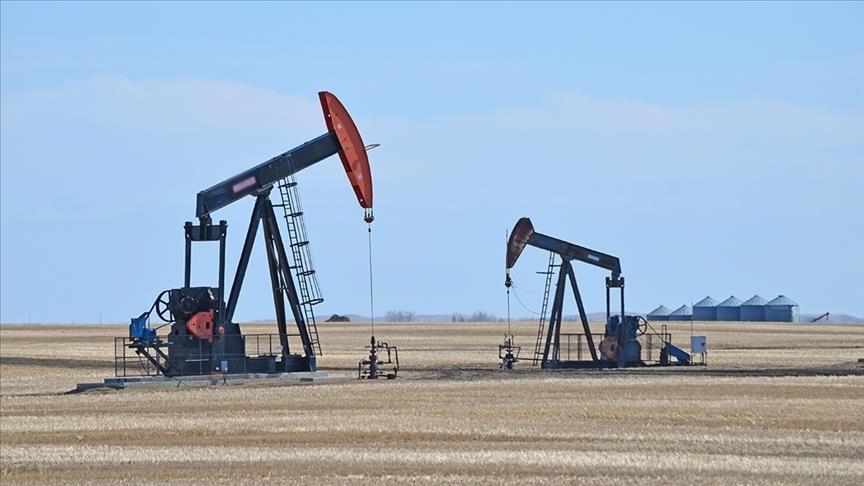Concerns about a decline in global oil demand and a slowdown in economic growth continued to weigh on prices during the week ending June 16, putting a damper on price increases.
International benchmark Brent crude traded at $75.61 per barrel at 2.40 p.m. (1140 GMT) on Friday, increasing 1% relative to the closing price of $74.79 a barrel on Friday last week.
Similarly, the American benchmark West Texas Intermediate (WTI) saw gains while trading at $70.50 per barrel at the same time, posting a 0.47% rise from last Friday's session that closed at $70.17 a barrel.
Oil prices started the week on a decline, with weak economic data from the US and China fueling low demand concerns in the world's largest oil consumers.
In the US, economic growth has slowed in recent months due to high inflation and interest rates. Although the US Federal Reserve skipped an interest rate increase on Wednesday, the first time since January 2022, Fed Chair Jerome Powell's comments hinting at possible rate hikes later in the year curtailed further price increases.
Negative economic data from China, the world's largest importer of crude oil, also raised concerns about weakening demand. Recent data showed a slower-than-expected recovery in China's economy since the lifting of COVID-19 restrictions.
- US stock build-up caps price increases
In addition, low demand in the US has kept price hikes to a minimum, but investors are concerned about supply abundance if sluggish demand persists.
US commercial crude oil inventories increased by 7.9 million barrels during the week ending June 9, according to data released by the Energy Information Administration late Wednesday. The rise in inventory was contrary to the American Petroleum Institute's expectation of a fall of 1.3 million barrels.
Demand for gasoline also showed a decline last week ahead of peak travel months, as inventories grew by around 2.1 million barrels to 220.9 million barrels.
By Zeynep Beyza Kilic
Anadolu Agency
energy@aa.com.tr


